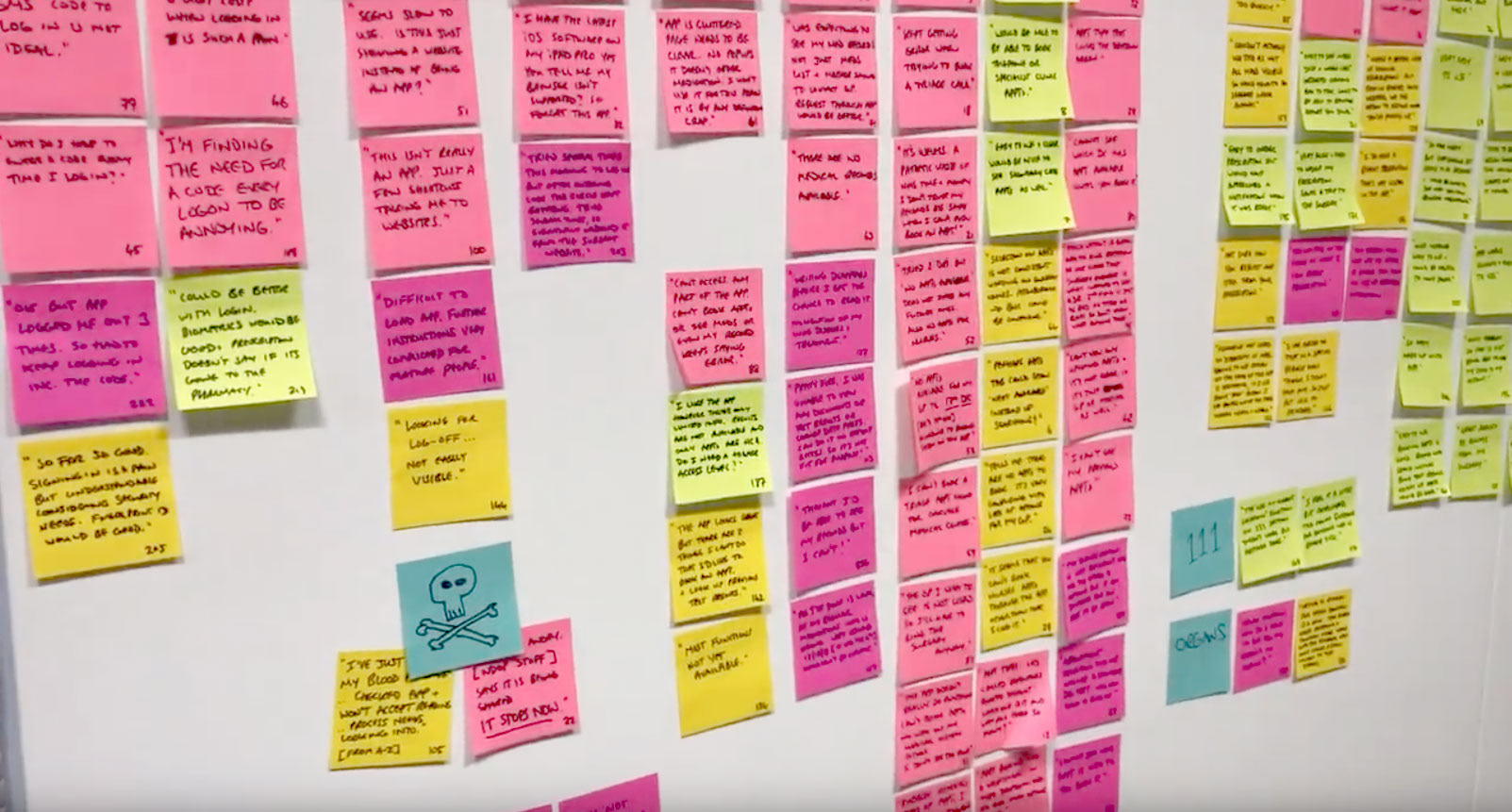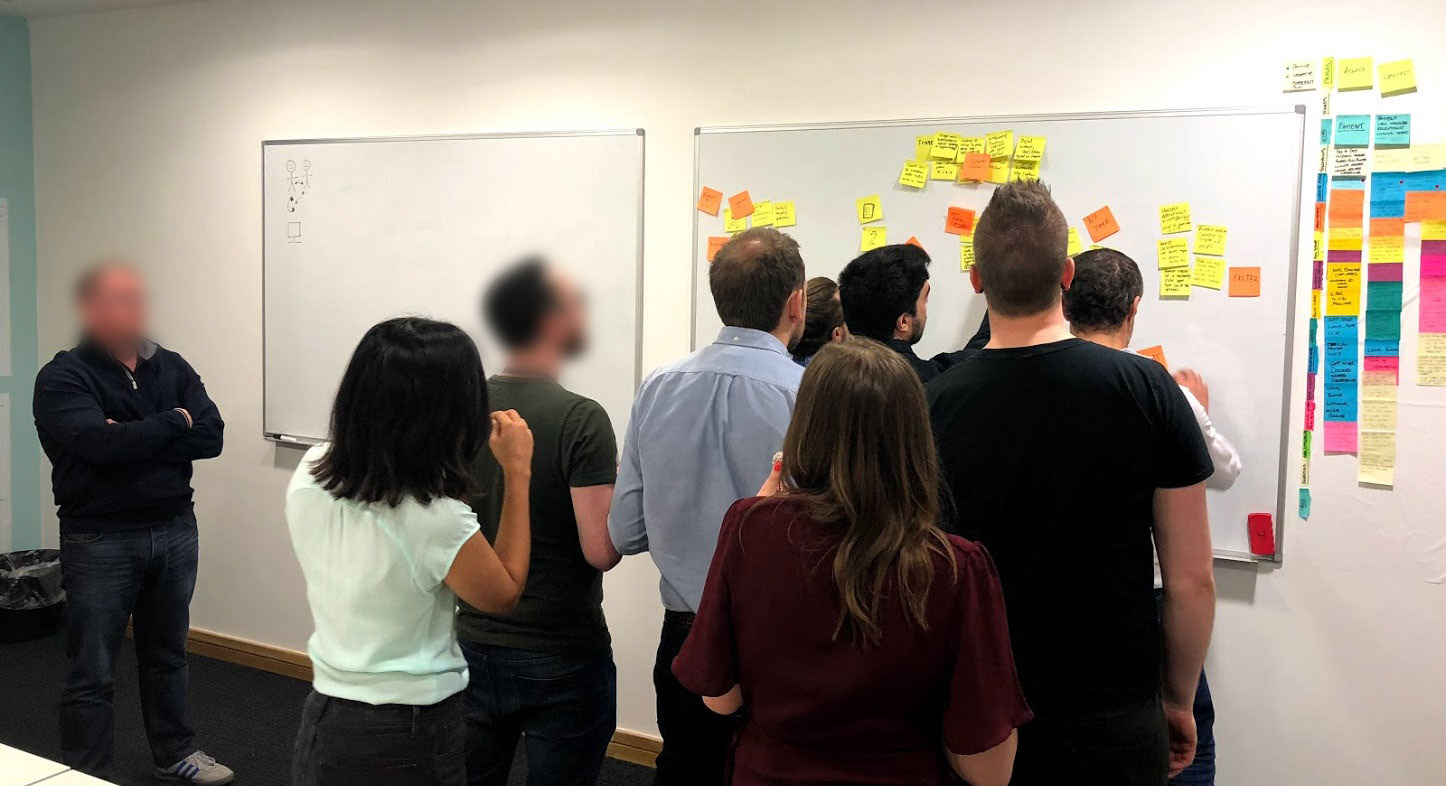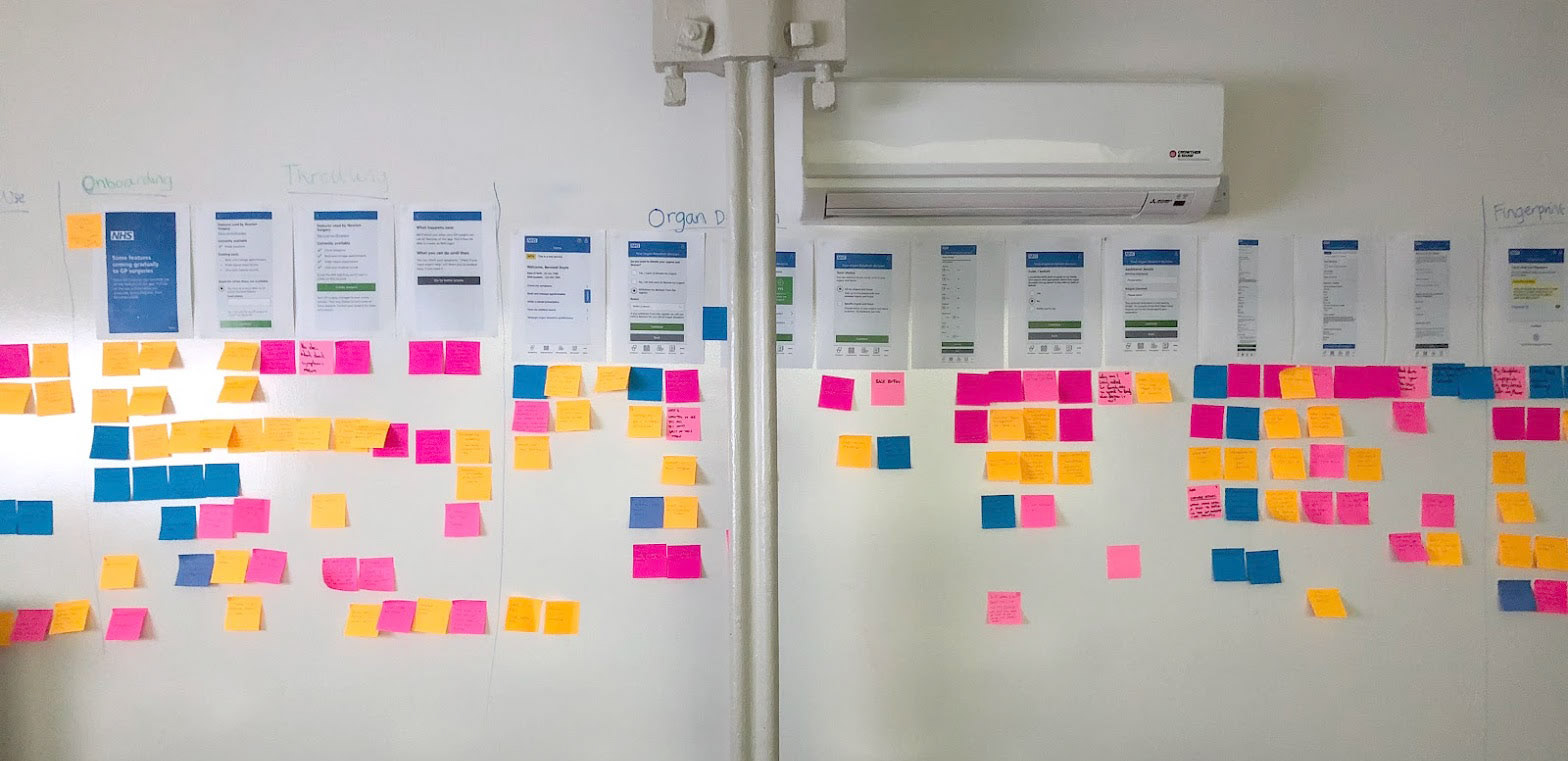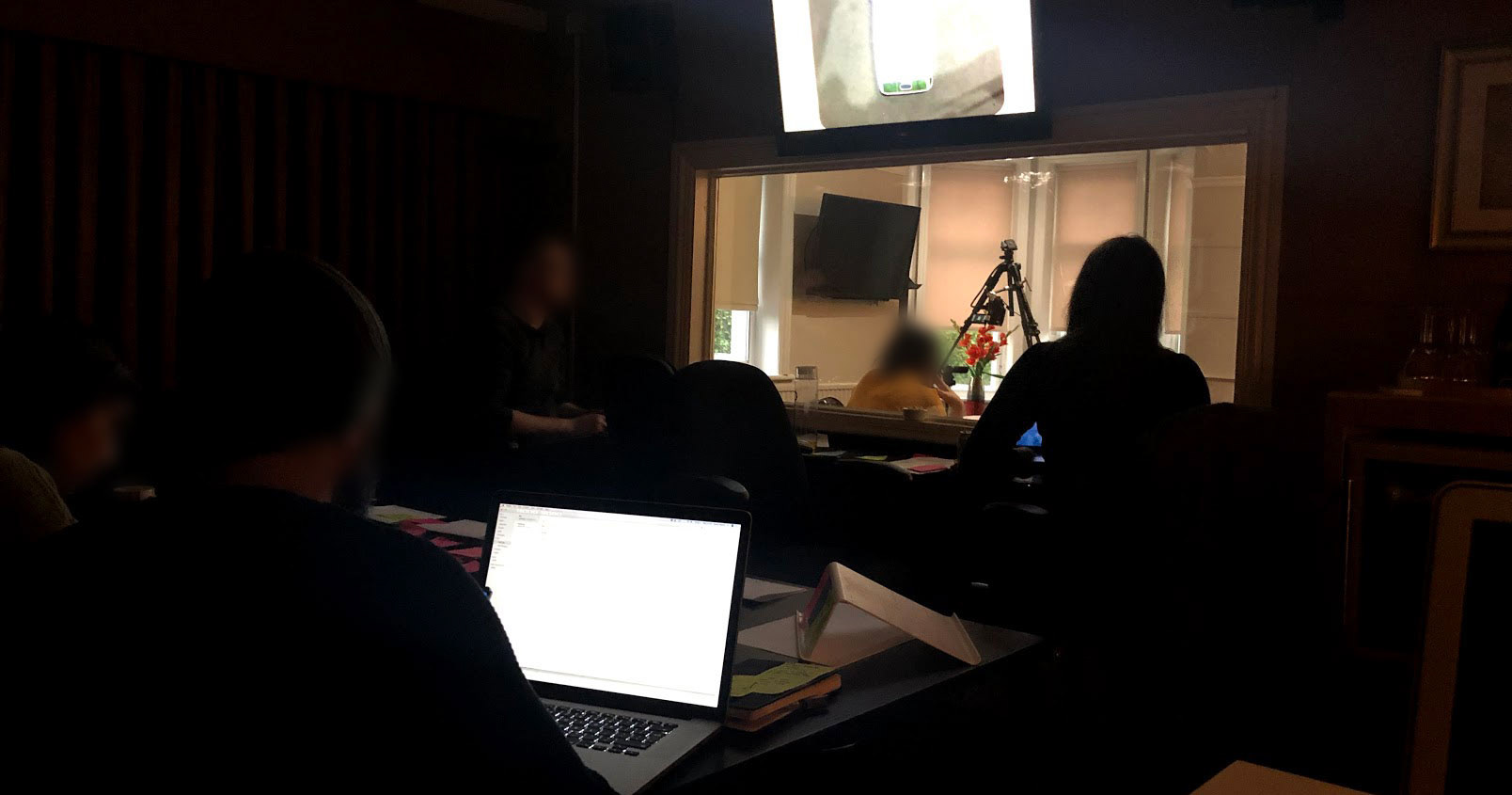If you've not heard of it yet the NHS App provides a secure way to access a range of NHS services to UK citizens. As you can imagine it was a very complex job which involved designing and integrating into various existing legacy NHS systems.
Prototyping
We made our prototypes in various ways. In the early stages of the project, we used Sketch & Invision as we wanted to move fast and throw things away without fear. Later we moved onto a coded prototype (Heroku) so we could better test accessibility, form validation and many other things.
Service design and 'the' screenflow
Prior to joining the project, the researchers and service designers had been busy working on documenting citizens, and clinicians, pain points which formed the basis for our UX work. One of the problems the team found when working quickly was keeping everyone up-to-date on what we, the product team, was doing and why. Reports and presentations only went so far and everyone was busy!
One way of us keeping track of what was going on was to integrate those pain points into a giant screen flow diagram and have it printed out on the wall (5 meters wide) so the whole team could see what was going on.
User research
We tested with users every 2 weeks for the majority of the project. It was tough to keep pace but we made leaps and bounds every session. The majority of my sprints looked a bit like this: I would start the week by reading the report from the last research session, catch up with the tech team to see if we needed to consider anything they had unearthed, and then I would start working on the next round of prototypes. I would constantly be bringing in people to review the prototype to see if I was on track and we as a team believed it was the correct hypothesis to take to testing. The sprint would wrap when at the end of the research session as we watched the users explore our work.






Exclusive: Read more about it
This is one of those projects that will attract a lot of press. Some positive - some not. One of the first articles to come out was via Gizmodo. They got access via a Freedom of Information request - fair enough - nothing to hide! The team, as you can imagine, we're a quite interested to see what they would say. The article came out great (wipes sweat from brow) and dives deep into our process while acknowledging and exploring the challenges we faced. If you are interested in a bit more detail on the project and the process then I can highly recommend it.